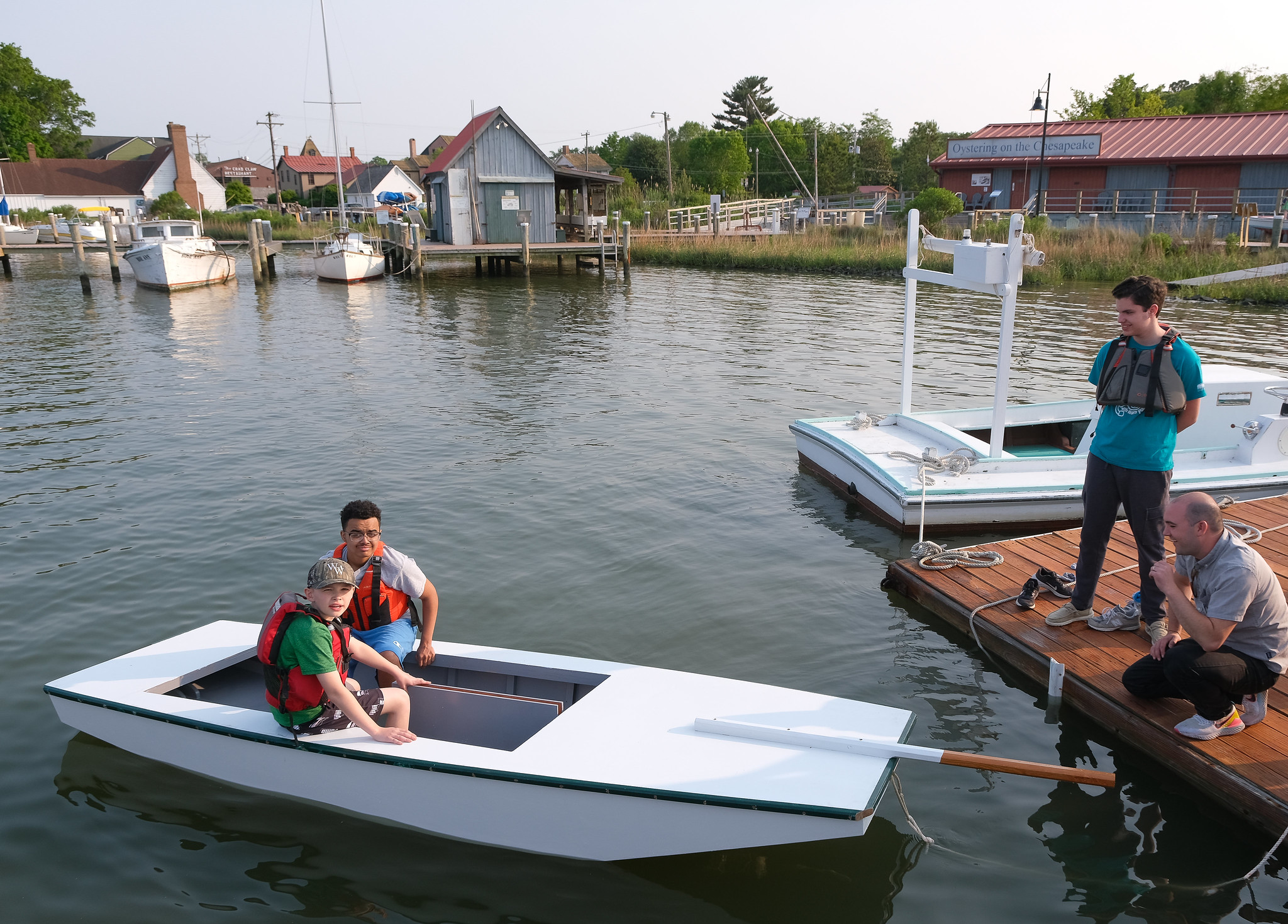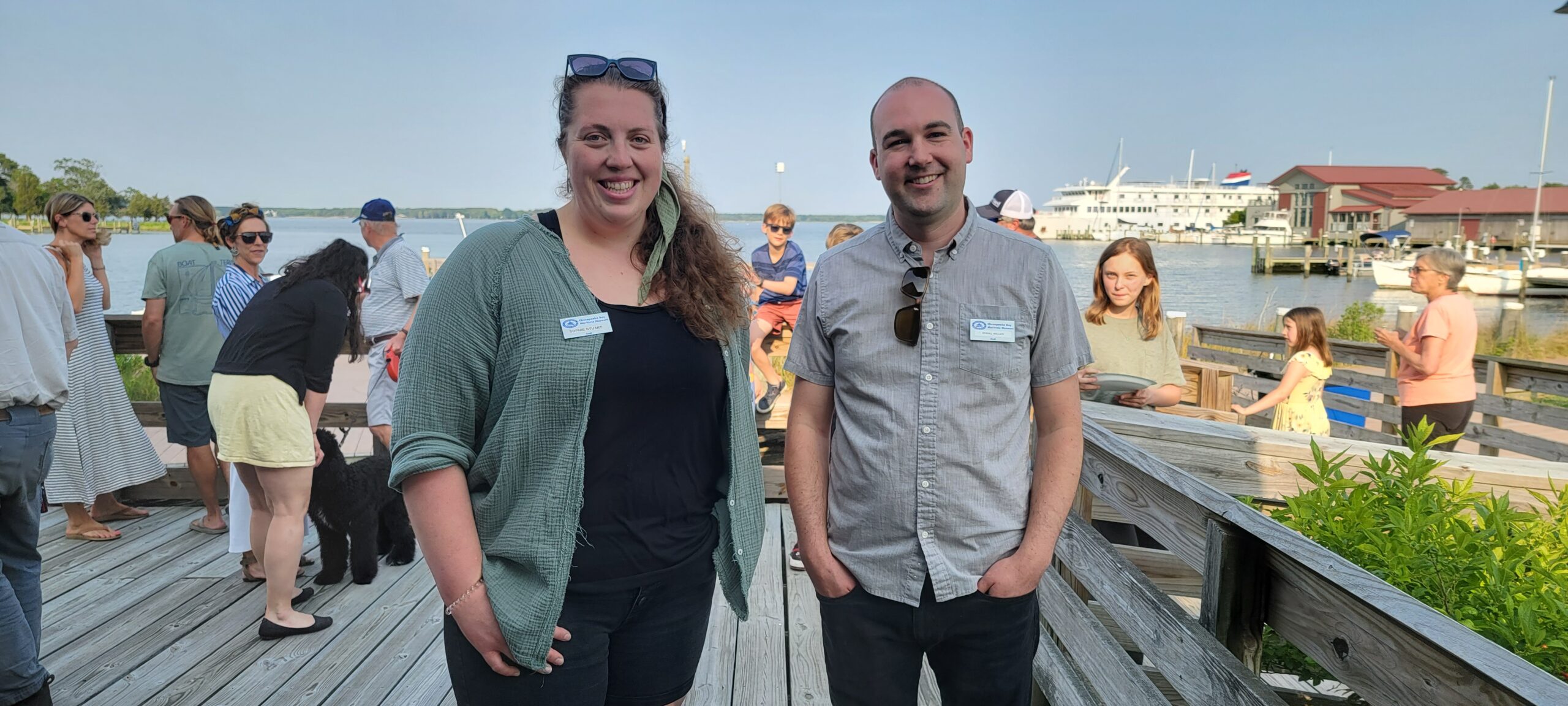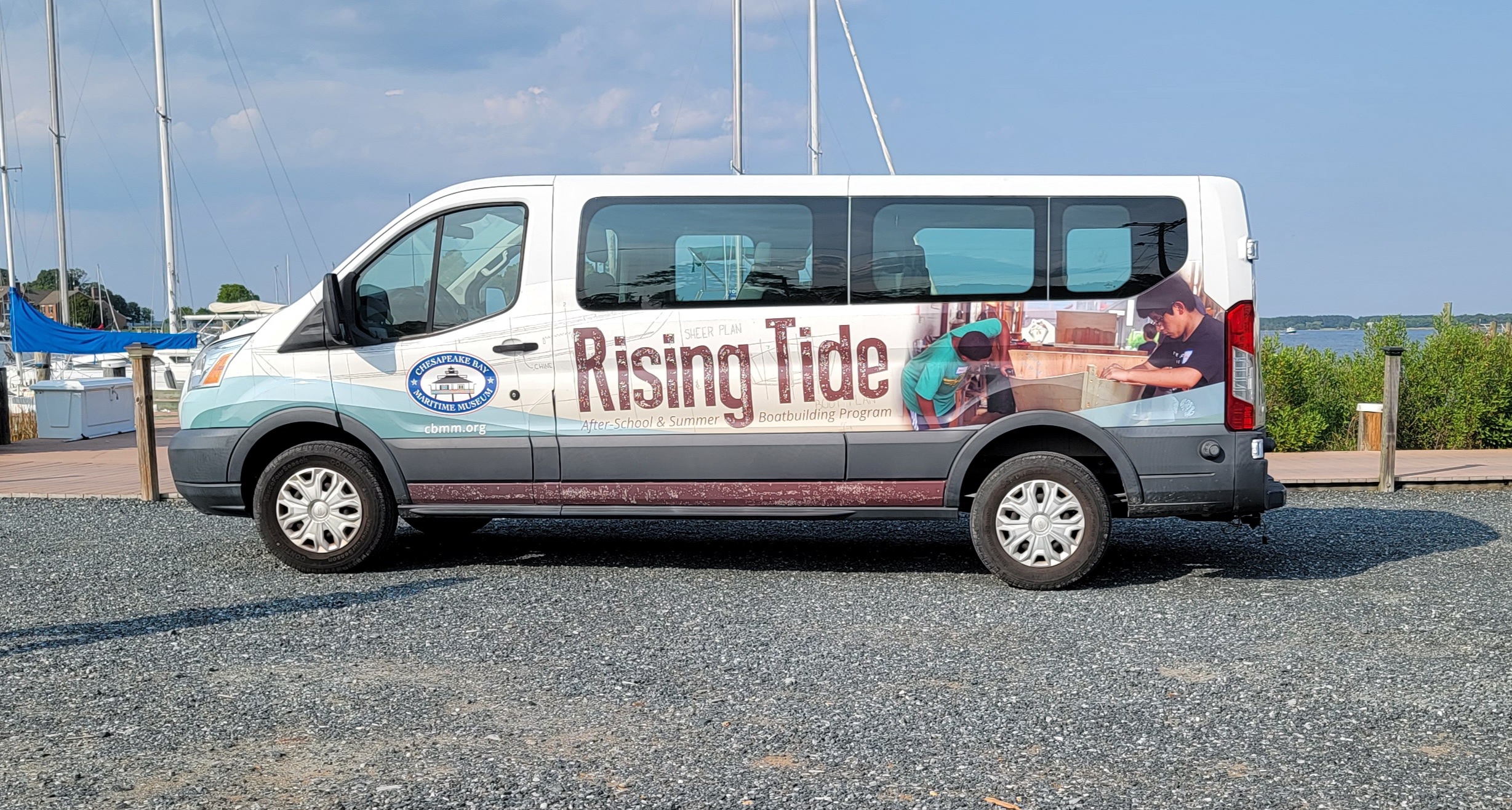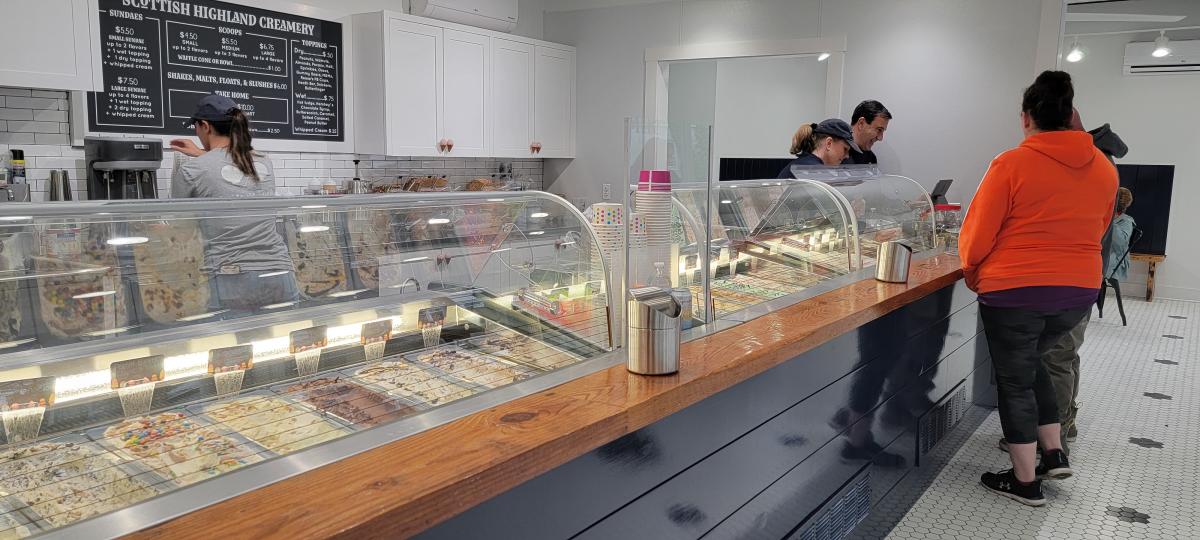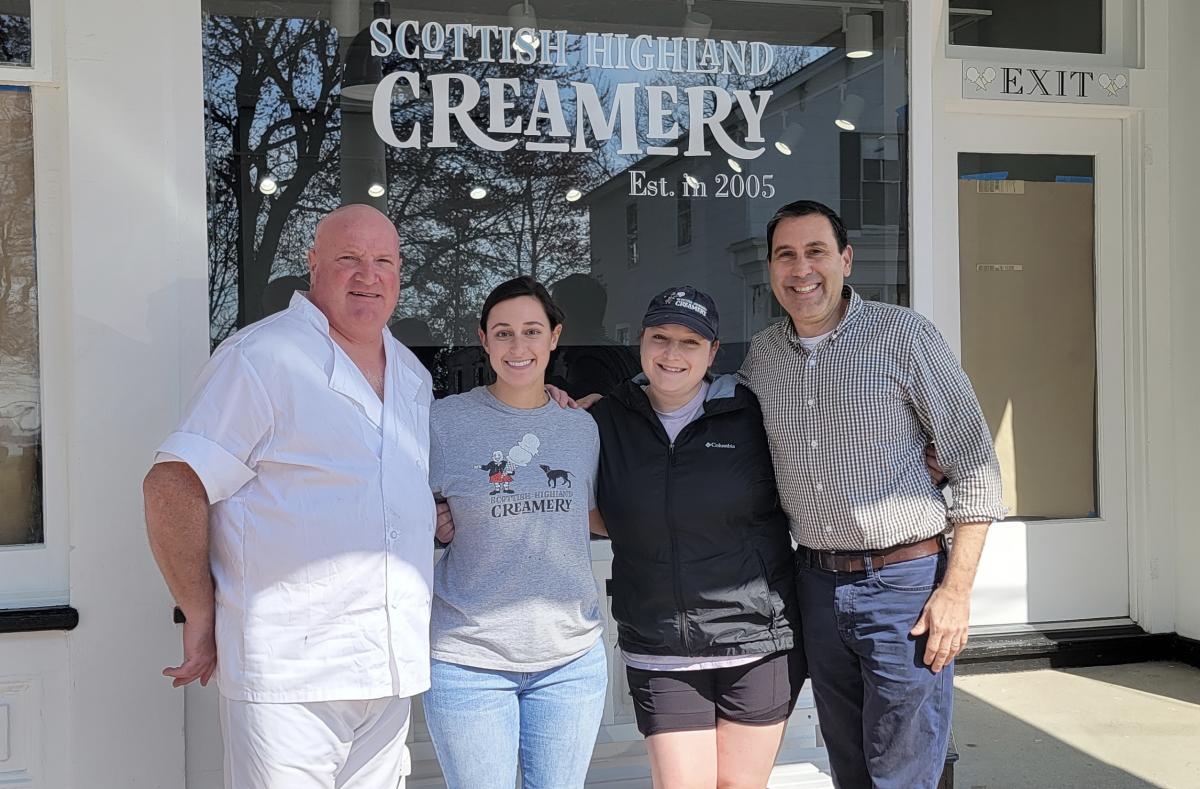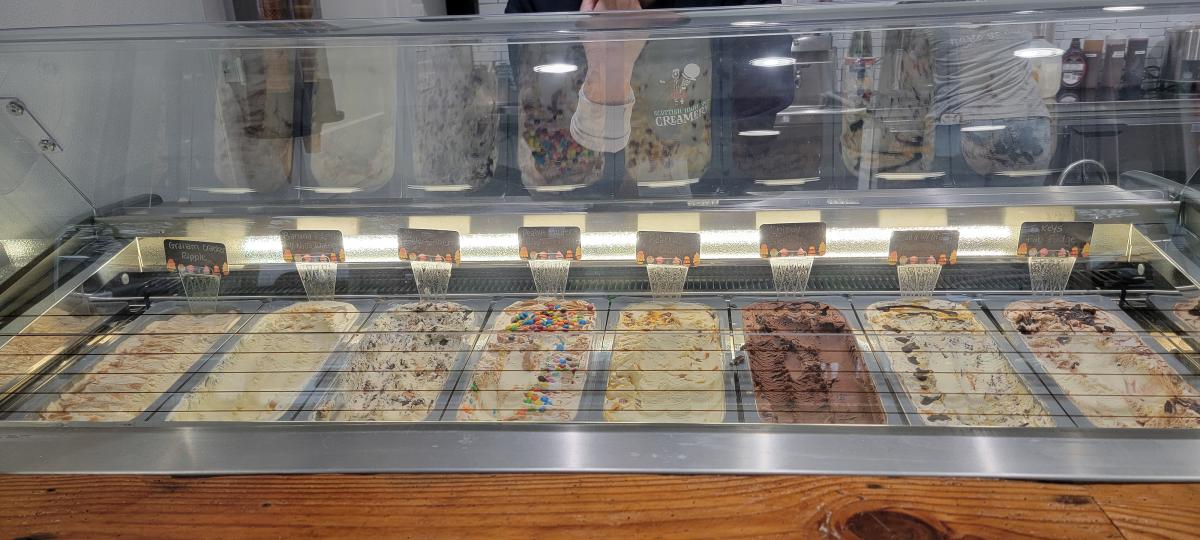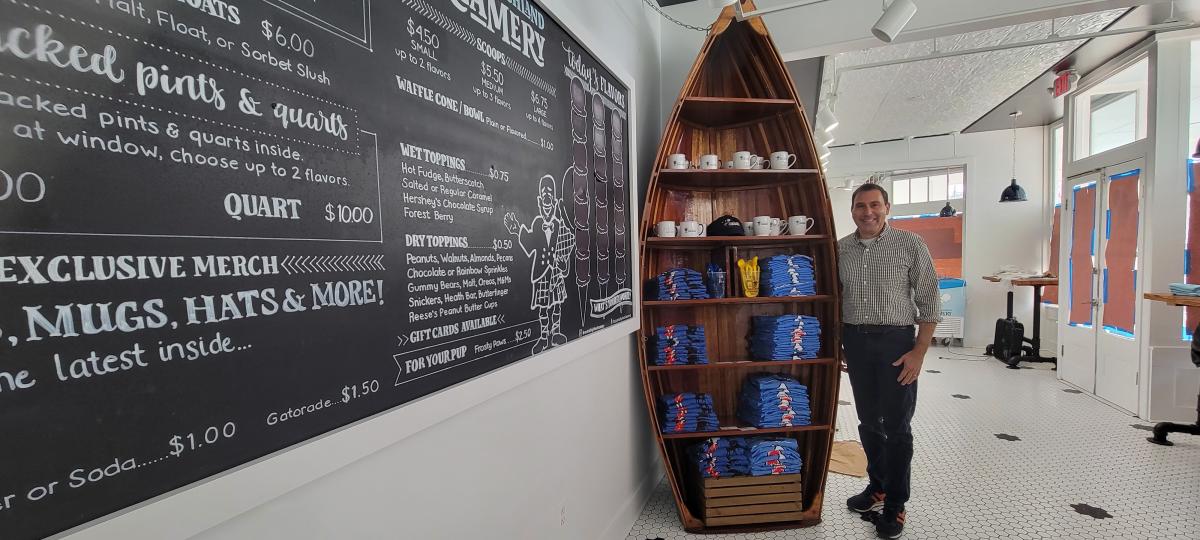Typically, this article might have started with the sentence: ‘Meet Erick Kellner, the new chief of Police in Oxford, MD.’ However, this would be inaccurate. Though new to the title of Chief, Kellner is no rookie when it comes to law enforcement or even Talbot County.
Interestingly, his chosen career was not part of a family legacy. “None of my relatives are in the police force,” he said, “but I remember, even at a very young age, being interested in law enforcement and emergency services in general.” The source of this fascination, whether it was TV, movies, or perhaps some early interactions with police officers, remains a mystery to him. What is clear, however, is that there was never a thought of any other profession, and Kellner was determined to follow his chosen path.
That early calling set him on a path leading to over two decades of police work across Maryland’s Talbot County. From patrolman to SWAT team leader, narcotics investigator supervisor, and first sergeant, Kellner climbed through the ranks of the Easton Police Department. “It’s hard to pick just one career to highlight. I was fortunate to take on a variety of roles and help the department in different ways,” he said.
With each promotion, he also gained a deeper understanding of the administrative side of law enforcement. “As a younger officer, you’re always seeing what needs to be done,” Kellner said. “But you don’t always have the capacity to make the change. However, as you get up in the ranks, you can make the changes and try to move things in the direction you want to see it go.” For Kellner, that direction was the success of his police department, a goal he brings to his new beat.
The role of Chief of Police was a position that he said never crossed his mind. Retirement had been on the horizon, and in a serendipitous turn, the Oxford job became available. Kellner recognized the uniqueness of the situation. “It was kind of the perfect place to be if I was going to be the chief of police somewhere,” he said. Not only was it in a town he had always admired, but staying in Talbot County also allowed him to maintain crucial contacts with other law enforcement agencies.
To the Oxford Police Department, Kellner brings a leadership style rooted in his values. “There’s a few principles that I live by,” he said. “One of them is, don’t ever ask anyone to do something you wouldn’t do yourself.” So, unlike the traditional image of a desk-bound police chief, being a leader meant being present both in the office and on the streets.
Kellner’s approach has resonated with the community. Liza Ledford, Oxford Community Center Director, said, “Chief Kellner came to Oxford with an outstretched hand welcoming the community to get to know him. He’s worked hard to bring fresh ideas to address ever-changing challenges to our safety. He’s done a nice job in a tough situation.”
Tim Kearns, President of the Oxford Volunteer Fire Company, also praised Chief Kellner’s responsiveness and ingenuity. “He’s very attentive and creative in solving what may be needed. People here have always trusted the police chief and leaned on him for many things. Chief Kellner seems to be accepting that responsibility quite well.”
The job, of course, is not a one-person operation but a collaborative effort, just the way Kellner prefers. He is joined by Lt. Chris Phillips, a former Cambridge Police Officer who has served Oxford for the past three years, and Patrolman First Class Brandon Bobbick. Bobbick, who retired from the Easton Police in 2020, had been Kellner’s boss at one time, and his hire meant a change and role reversal for the two.
A much more significant adjustment for Kellner has been the contrast of moving from the much larger population of Easton. “It was a unique challenge, getting acquainted with everyone and remembering their names and faces,” he said. “You can only get it in a small town and close-knit community such as Oxford.” Even six months after being sworn into the job, Kellner still appreciates the genuine interest people have in their police force and in their willingness to engage with him on a personal level.
This type of participation also fits right into one of his key initiatives–making the police force more visible and approachable. Under his leadership, when not managing the department, you’ll find Kellner (and his team) doing foot and bike patrols, traffic enforcement, speaking with citizens, or providing security at Oxford’s many events.
He also prioritizes community outreach, recently launching Oxford’s first Citizen’s Police Academy to provide residents with an inside look at law enforcement. Kellner believes that it all comes down to building understanding between police and citizens, especially with so much misleading info out there today. “Law enforcement is no different than any other job,” he said, “whether working in a restaurant or another trade. Some employees are good, and some employees aren’t so good. Law enforcement generally does a great job of picking the best candidates. We have to undergo a very extensive hiring process, but some will fall through the cracks. Nobody hates a bad cop more than a good cop. It just makes our life so much more difficult.”
Chances are difficulty is not something he’s apt to find in Oxford as Kellner and residents find ways to work together. “This whole year has been a big learning experience for me,” he said. “What surprised me the most was the summer’s tourist traffic. The town population probably triples on weekends. My job was to make sure our tourists felt safe and welcomed.”
He praises the town employees who make up the team he is now part of. “Oxford is extremely blessed to have some great employees–from the town manager through the public works. They are some of the greatest guys I’ve had the pleasure of working with.” He emphasized teamwork to get things done. “Sometimes we have to go outside our comfort zone. The job of law enforcement is customer service. We work for the citizens; they are our customers. So we must make them happy and be helpful in any way we can.”
In all of this transition, Kellner is lucky to have a built-in sounding board – his wife, Jennifer, who also serves on the police force in Easton. “She offers invaluable insights from an officer’s perspective. But we try not to let the job consume our home life,” he said. He calls his kids the real rock stars who keep them grounded when work calls come at odd hours.
When asked what he sees for the future, Kellner said: “I’ve had to work for everything that I’ve gotten in life, so I’m not afraid of hard work. I value and understand the significance of the position and the responsibilities. I’m committed to being an integral and accessible part of the community and a leader for the guys here. And every day I come to work, I will always give 100%.”
As we wrapped up, he added, “I love being a cop.” Yep, it shows.

















